Technology, art and sculptures of fog: LUMA Arles kicks off the 2025/26 season
Three different exhibitions at LUMA Arles, in France, delve into history in a celebration of all mediums; Amy Serafin went to explore
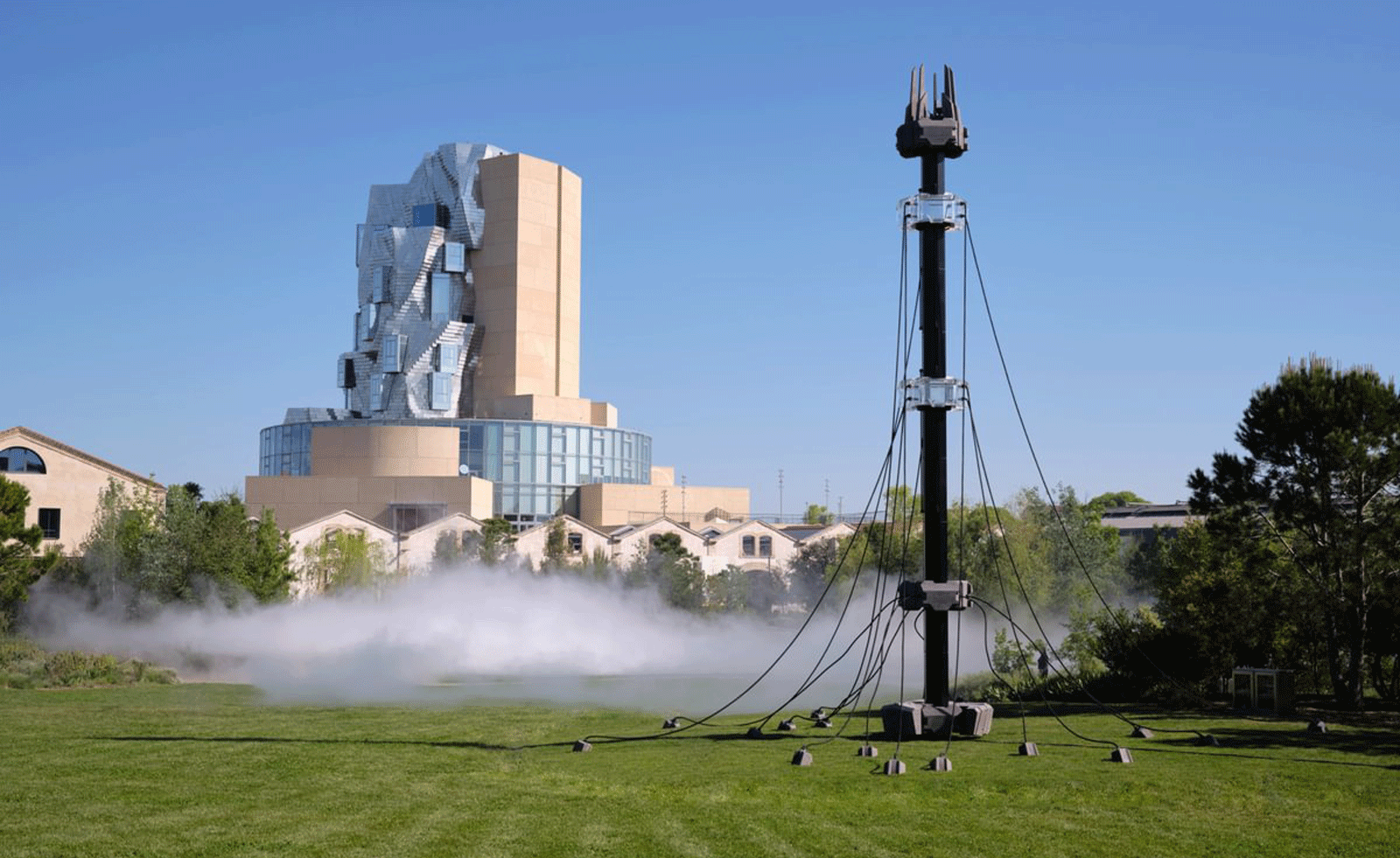
The new season at LUMA Arles kicked off in May 2025 with three different exhibitions, all bookended by fog and clouds.
Silver Clouds, that is, a work by Andy Warhol that hovers over the heads of visitors to the exhibition ‘Sensing the Future: Experiments in Art and Technology (E.A.T.)’. Warhol made the pillowy metallic objects in the 1960s, after the engineer Billy Klüver showed him a new material called Scotchpak, used by the US Army to keep food rations hot.
‘Sensing the Future: Experiments in Art and Technology (E.A.T.)’
Klüver worked at Bell Telephone Laboratories, commonly known as Bell Labs, an industrial research-and-development company that was as important then as Google is today (Eero Saarinen designed its New Jersey facility, which you might recognise as the ‘Severance building’). In his spare time, Klüver collaborated with artists on multimedia works using new technologies, and also introduced artists to his colleagues.
In October 1966, he and Robert Rauschenberg organised an event called ‘9 Evenings: Theatre & Engineering’ at New York’s 69th Regiment Armory. More than 10,000 curious spectators turned out to watch experimental performances by artists such as Lucinda Childs and John Cage, in partnership with Bell Lab engineers.
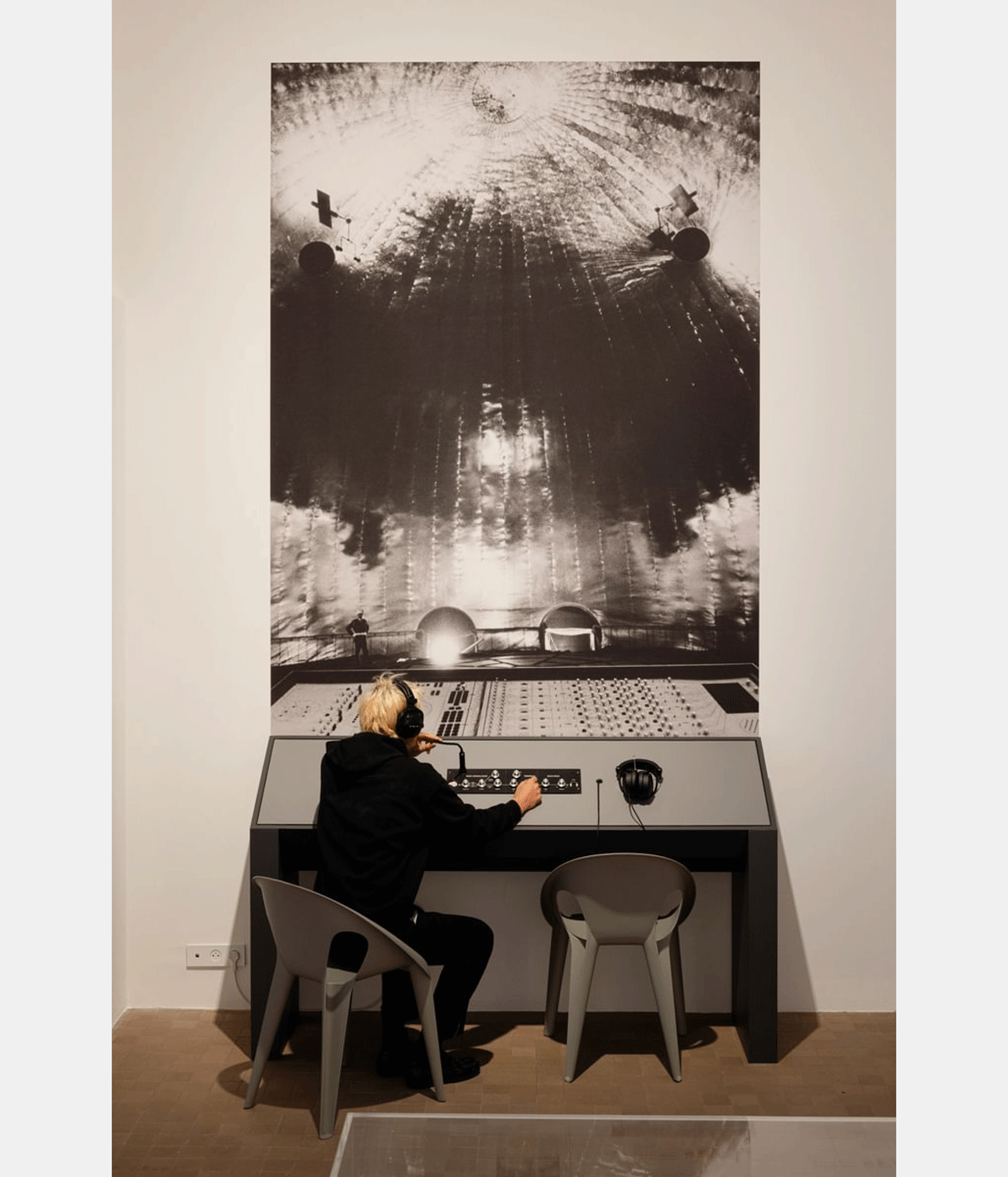
‘Sensing the Future: Experiments in Art and Technology (E.A.T.)’, 2025-2026, The Tower, Living Archives Gallery, Parc des Ateliers, LUMA Arles, France
Soon afterwards, an open call was held for people to participate in this burgeoning movement. ‘They thought a few people would respond,’ says LUMA curator Martin Guinard. ‘But hundreds of artists and engineers proposed projects.’ The E.A.T. movement was officially born, and lasted for about a decade, until it fizzled out – perhaps, says Guinard, because Bell Labs grew tired of the distraction, or maybe because artists no longer wanted to be associated with a company that was increasingly involved with military contracts.
This exhibition was organised with the Getty Research Institute, which owns more than 200 boxes of documents, photographs, films, and objects from E.A.T. Probably the most striking work on display is the 1968 Cone Pyramid (Heart Beats Dust) by Jean Dupuy. When you hold a stethoscope to your chest, a dusting of red pigment in a glass box bounces to the rhythm of your heartbeat. Another intriguing piece is Moon Museum (1969) by sculptor Forrest Myers, who etched drawings (including a tiny penis by Warhol) onto a series of small ceramic wafers, one of which he surreptitiously sent to the Moon on Apollo 12.
One room is dedicated to the 1970 World's Fair in Osaka, Japan, when Pepsi-Cola hired E.A.T. to make its pavilion futuristic and high-tech. The E.A.T. members hated the geodesic dome-like building, and asked Japanese artist Fujiko Nakaya to mask it in a cloud of fog. She called this a ‘negative sculpture’, ever-changing and moulded by the wind.
Receive our daily digest of inspiration, escapism and design stories from around the world direct to your inbox.
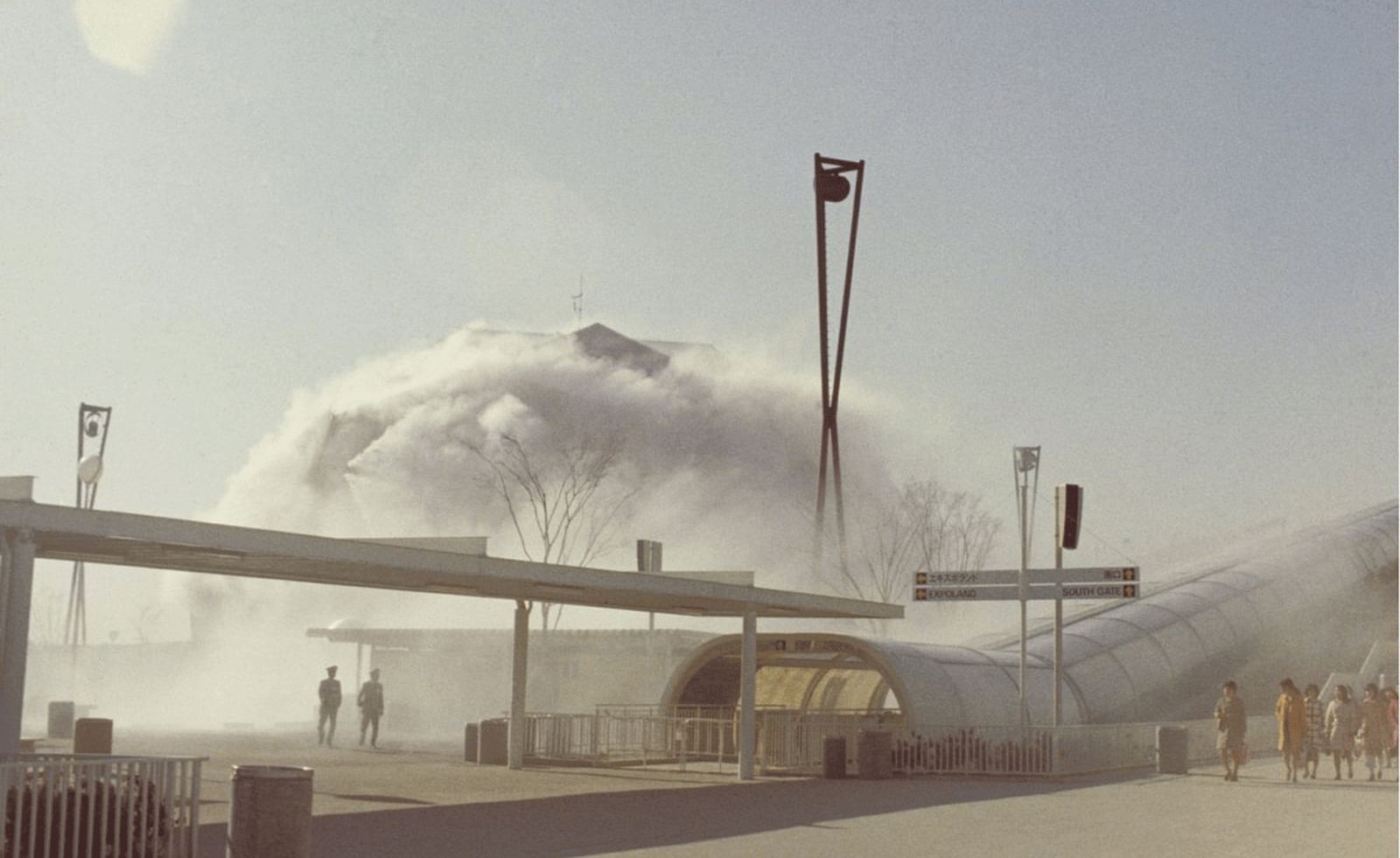
Fog Sculpture, Pepsi Pavillion, Japan World Exposition 1970, Fujiko Nakaya
‘Maria Lassnig: Living with art stops one wilting!’
Whereas E.A.T. was a (largely male-dominated) movement that broke down barriers between art and technology, the Austrian artist Maria Lassnig resisted the barriers of what a woman could do in the art world. She is the subject of LUMA Arles' second exhibition in this series – ‘Maria Lassnig: Living with art stops one wilting!’ – which explores the connection between Lassnig and Swiss curator Hans Ulrich Obrist.
Born in 1919, Lassnig coined a concept, ‘Body Awareness’, painting or drawing what it felt like to be inside her body, no matter how uncomfortable. The result was vividly colourful, highly personal, frequently violent, and often humorous.
Self-Portrait with Saucepan (1995) shows the artist with an overturned kitchen pan on her head, her mouth open like a response to Munch’s scream. In a series of watercolours, Lassnig inserted her own image as the hero of classic Greek mythological tales. For the short animated film The Ballad of Maria Lassnig, made in 1992, she sang her life story, wearing various costumes, against a background of her characters in motion. After decades of working in near-obscurity, Lassnig finally received recognition later in life, receiving the Golden Lion for lifelong achievement at the 2013 Venice Biennale.
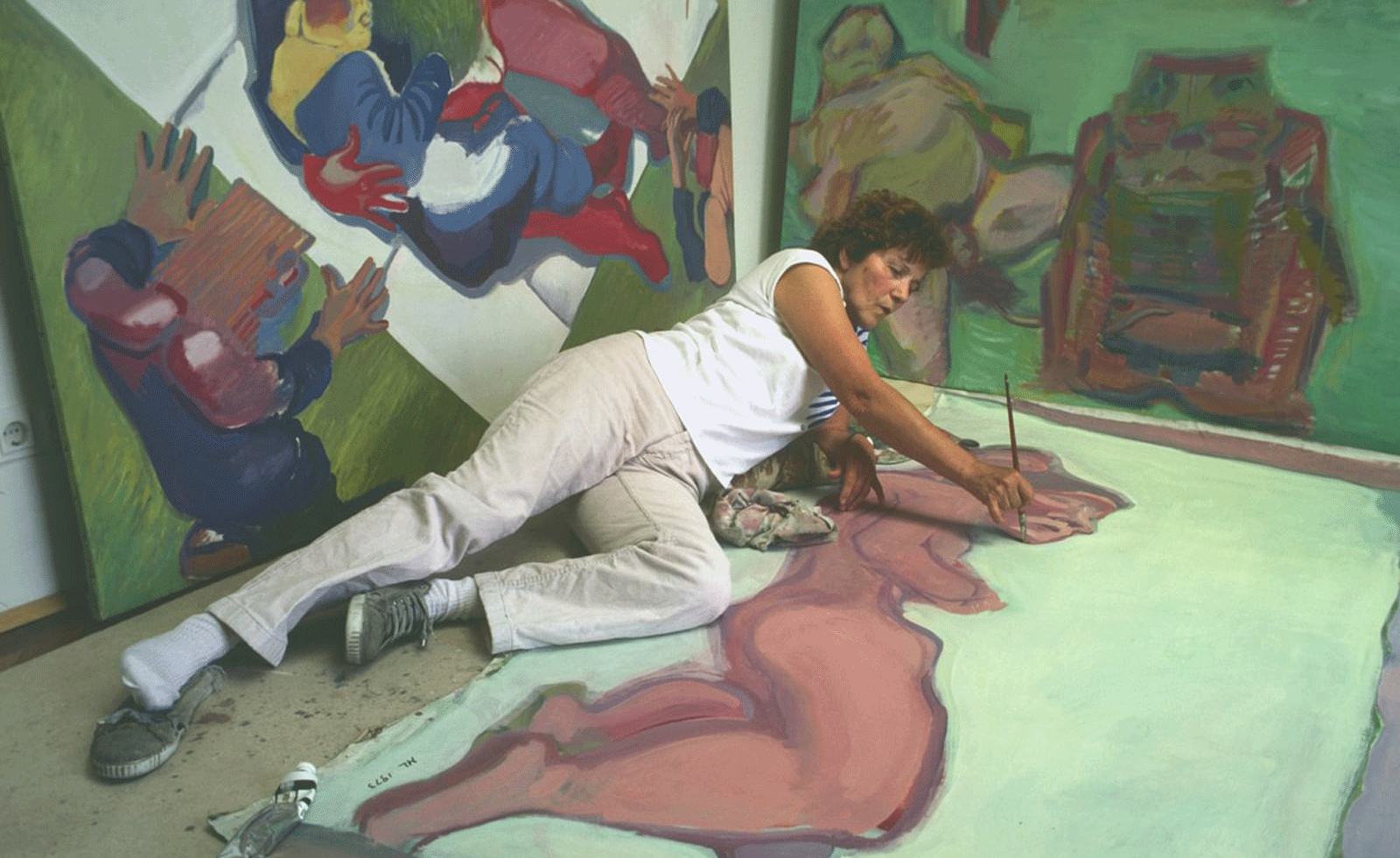
Maria Lassnig, Vienna 1983
‘Dance with Daemons’
The third exhibition, ‘Dance with Daemons’ snakes up and down the walls and through the large main gallery of the Frank Gehry tower and out into the garden, each work leading to the next like a chain reaction. Tino Sehgal, who choreographed a similar show for the Fondation Beyeler last year, chose works from the Maja Hoffmann/LUMA Foundation collection and from the Fondation Beyeler, juxtaposing them in unconventional ways.
For example, Wolfgang Tillmans’ photo of a Buenos Aires storm drain is sandwiched between Naoya Hatakeyama's River Series photos, while the Romanian sculptor Constantin Brancusi's bust of Mademoiselle Pogany II sits face to face with Alberto Giacometti's bronze of Romanian photographer Éli Lotar III. As the show prepared to open, Hoffmann admitted to Seghal that his selection of her works surprised her. ‘You chose the things that are particularly private, and were not collected to be shown,’ she said. ‘This choreography totally changed my view of them.’
‘Dance with Daemons‘ (a name that will change throughout the run) also reveals how technology has become an integral part of contemporary art today. Carsten Höller's round rotating bed invites viewers to take a nap and then record their dreams for analysis by MIT scientists. Pierre Huyghe’s golden masks emit an AI-generated ‘voice’ in real time. Outside on the lawn, Philippe Parreno’s antennae-like Membrane collects invisible environmental data through sensors and translates it into sound.
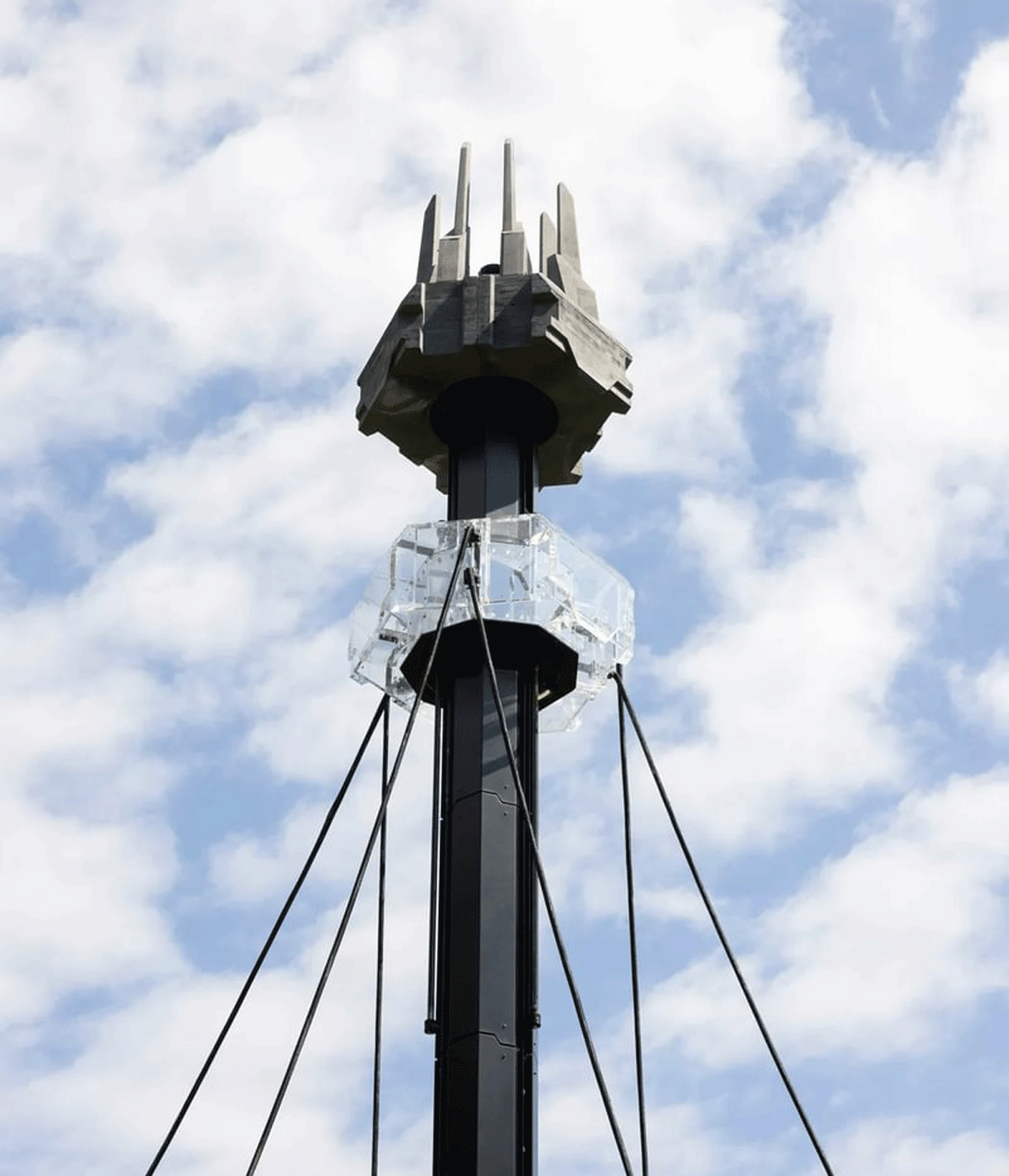
‘Dance with Daemons’, 2025, Parc des Ateliers, LUMA Arles, France
And incredibly, 55 years after creating her fog sculpture for the Osaka Pepsi Pavilion, Fujiko Nakaya came to Arles this spring, at age 91, to create a temporary fog sculpture for the pond. The mist drifts and floats, at times hiding Gehry’s tower or enveloping bystanders in its damp embrace as frogs croak nearby. A day before the opening, Vassilis Oikonomopoulos, artistic director of LUMA Arles, noted that Nakaya herself is a force of nature. As she told him after her long trip from Japan: ‘I’m tired until I smell the first drop.’
LUMA Arles’ exhibitions have different end dates, with the final exhibition closing on 10 May 2026. Full info at luma.org
Amy Serafin, Wallpaper’s Paris editor, has 20 years of experience as a journalist and editor in print, online, television, and radio. She is editor in chief of Impact Journalism Day, and Solutions & Co, and former editor in chief of Where Paris. She has covered culture and the arts for The New York Times and National Public Radio, business and technology for Fortune and SmartPlanet, art, architecture and design for Wallpaper*, food and fashion for the Associated Press, and has also written about humanitarian issues for international organisations.
-
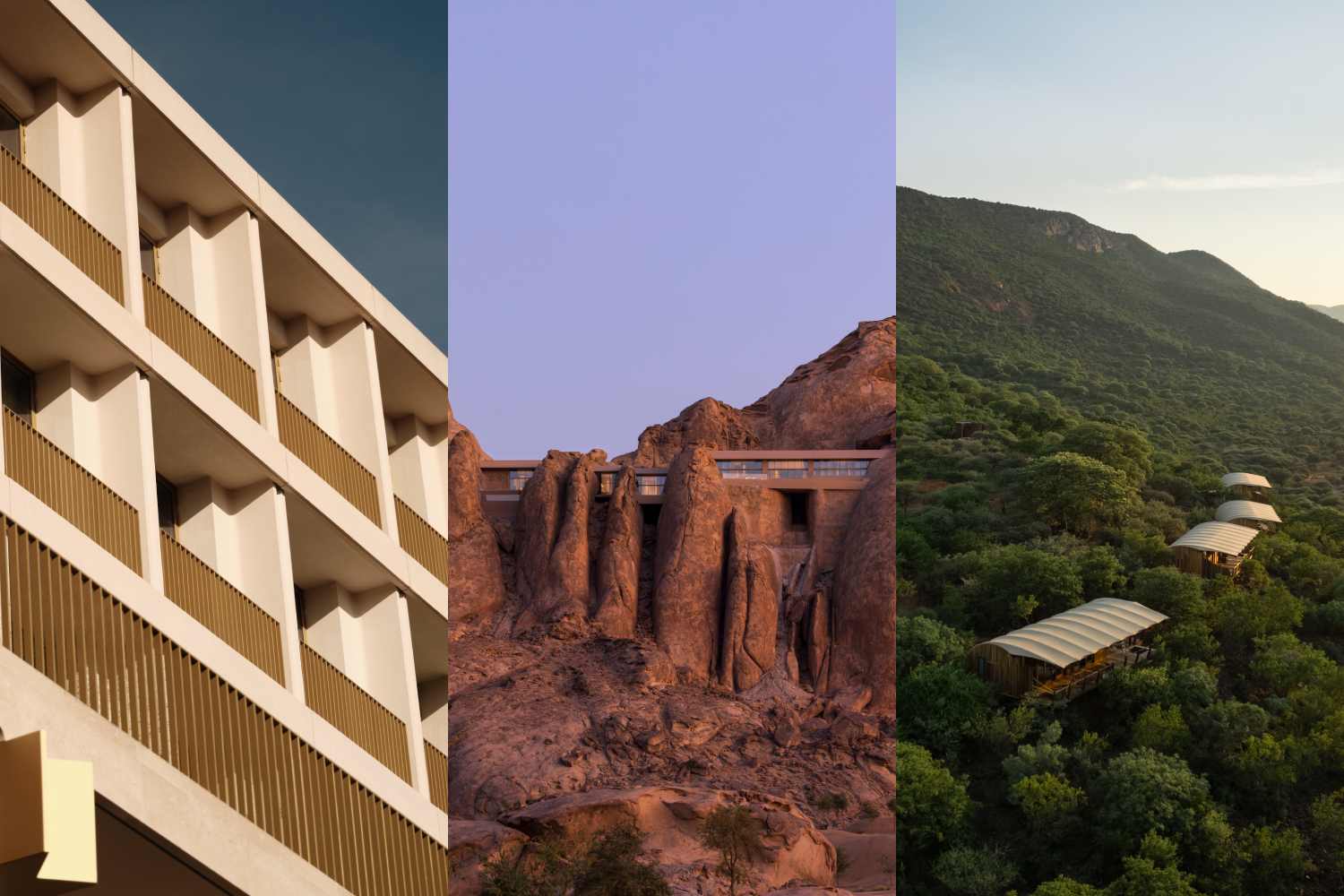 The most stylish hotel debuts of 2025
The most stylish hotel debuts of 2025A Wallpaper* edit of this year’s defining hotel openings. Design-led stays to shape your next escape
-
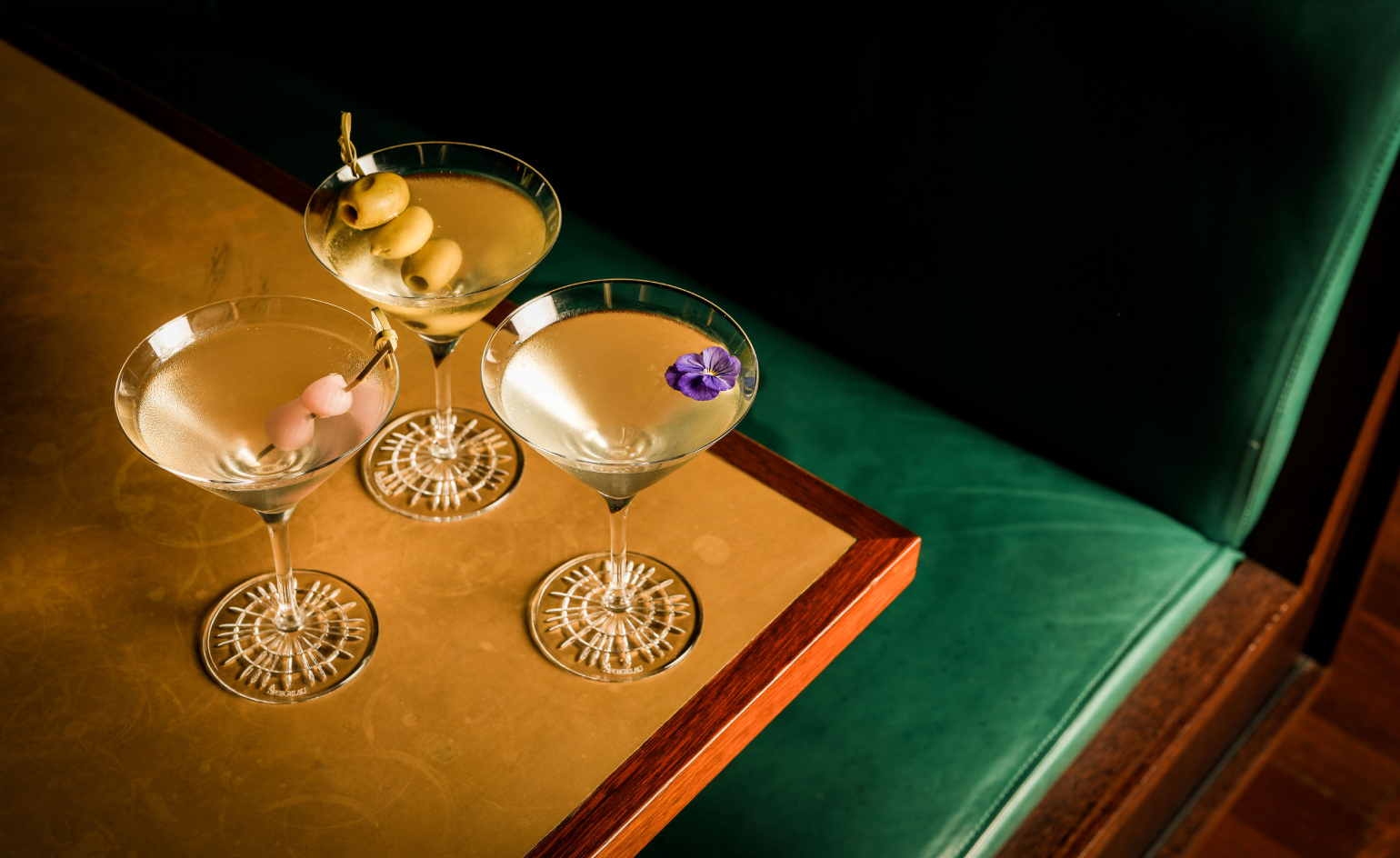 Neo-Gothic grandeur and decadent martinis await at Hawksmoor St Pancras
Neo-Gothic grandeur and decadent martinis await at Hawksmoor St PancrasThe dining room at the St Pancras London hotel has proved to be a revolving door for big-name chefs; now, it's Hawksmoor’s time to shine
-
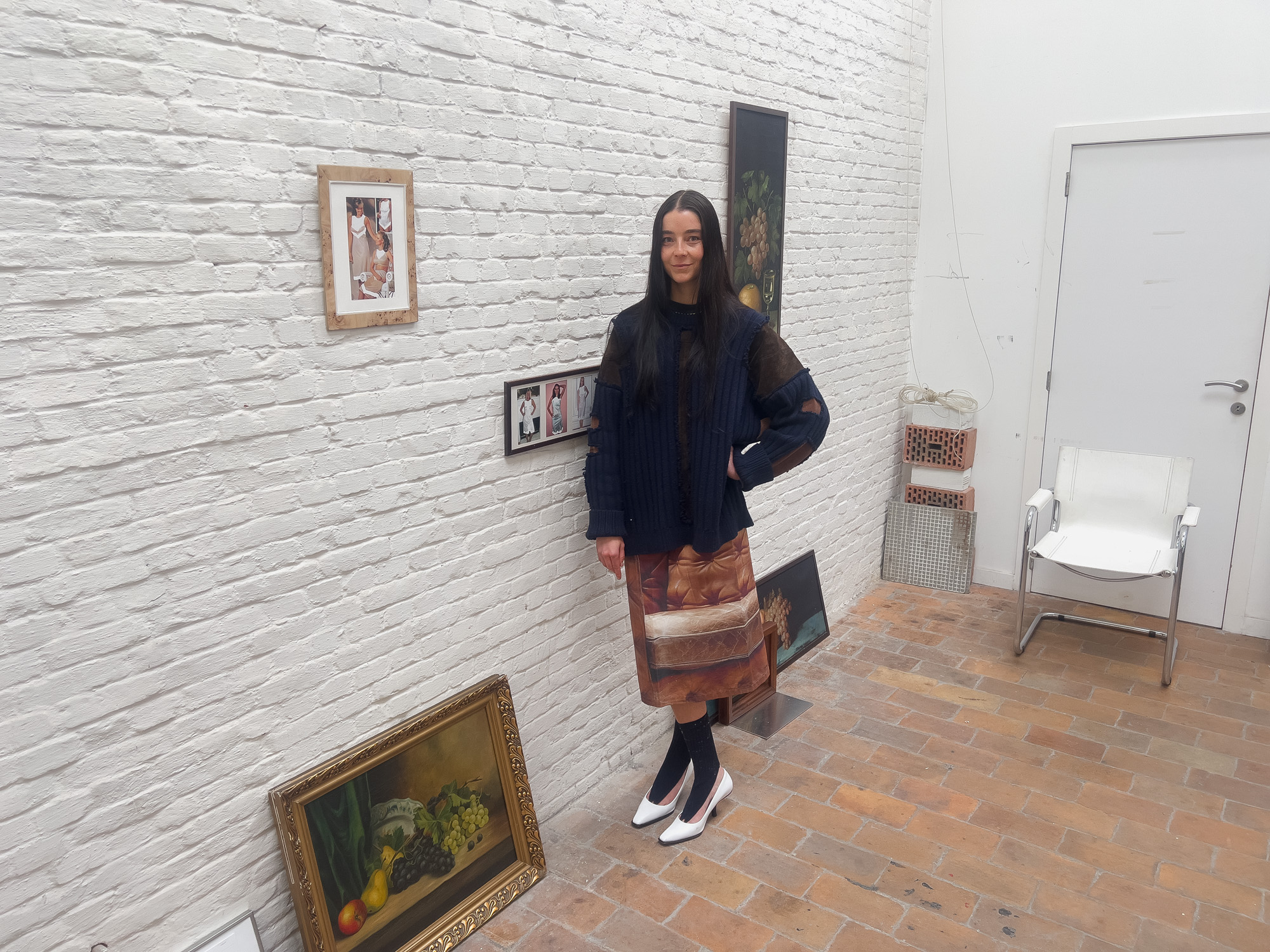 The rising style stars of 2026: Julie Kegels’ clothes are shape-shifting magic tricks
The rising style stars of 2026: Julie Kegels’ clothes are shape-shifting magic tricksAs part of the January 2026 Next Generation issue of Wallpaper*, we meet fashion’s next generation. Hailing from Antwerp, former Alaïa designer Julie Kegels’ is creating clothes that transform with a woman through her day
-
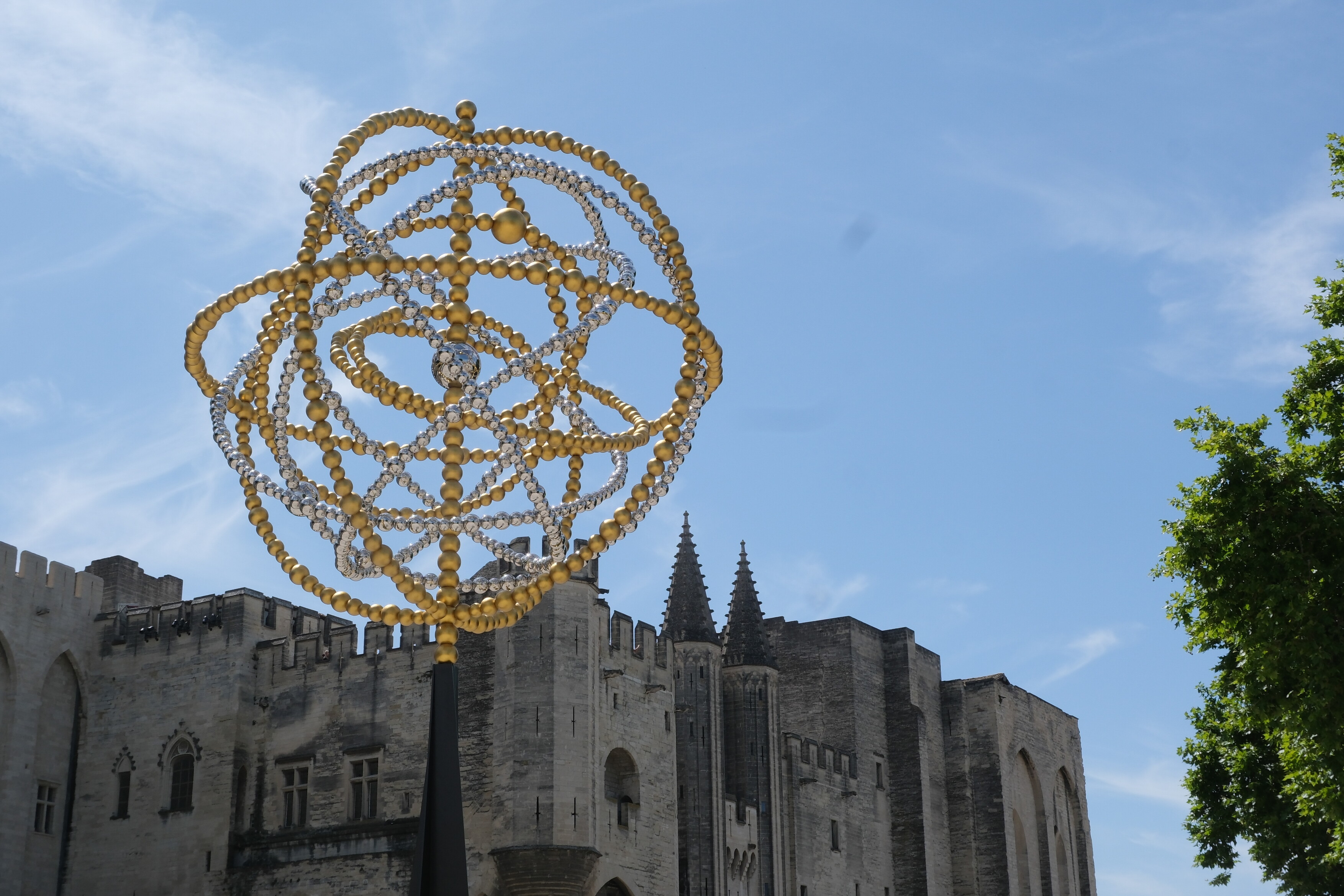 Jean-Michel Othoniel takes over Avignon for his biggest ever exhibition
Jean-Michel Othoniel takes over Avignon for his biggest ever exhibitionOriginally approached by Avignon to mark their 25th anniversary as the European Capital of Culture, Jean-Michel Othoniel more than rose to the challenge, installing 270 artworks around the city
-
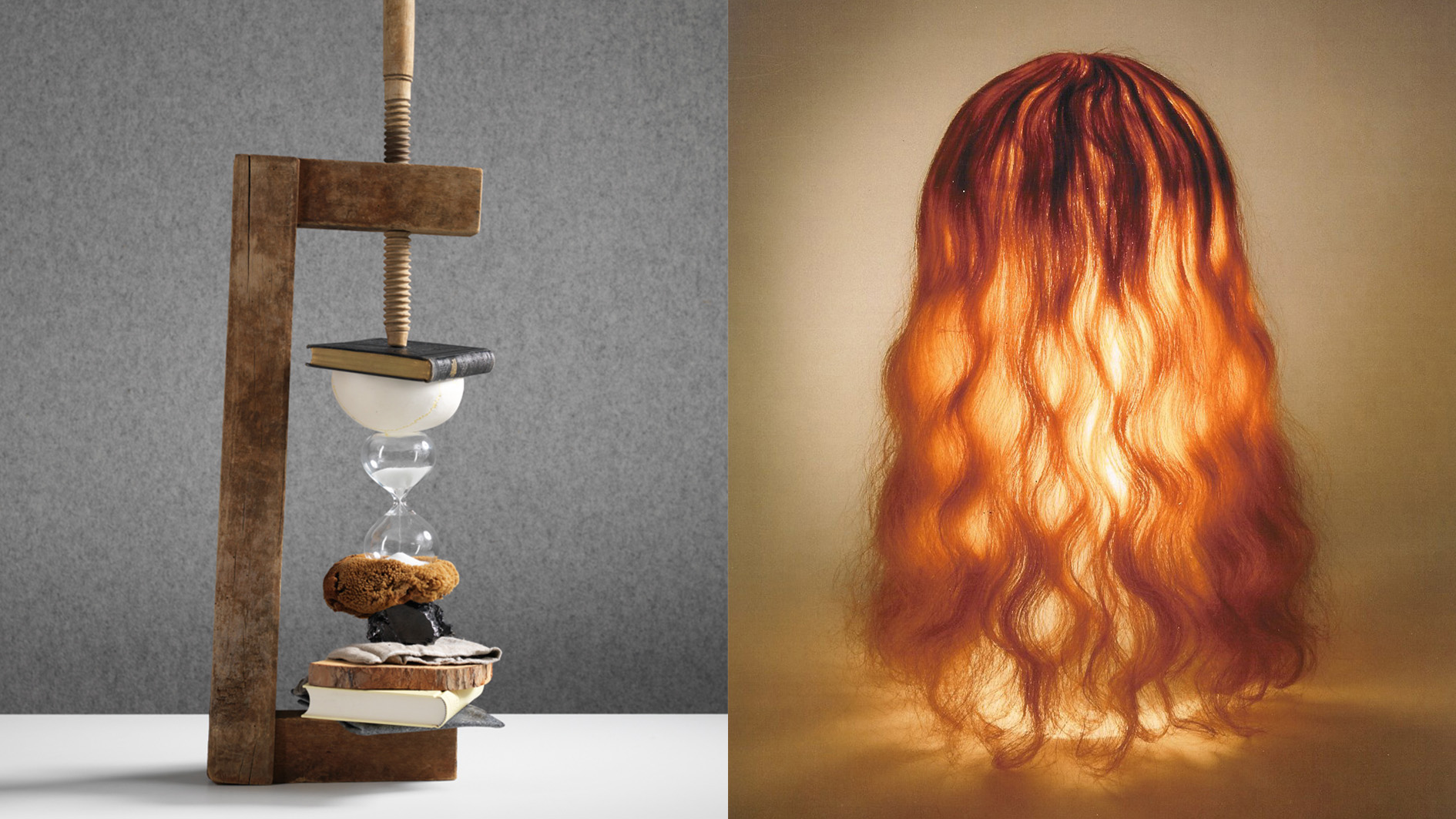 Rolf Sachs’ largest exhibition to date, ‘Be-rühren’, is a playful study of touch
Rolf Sachs’ largest exhibition to date, ‘Be-rühren’, is a playful study of touchA collection of over 150 of Rolf Sachs’ works speaks to his preoccupation with transforming everyday objects to create art that is sensory – both emotionally and physically
-
 Joel Quayson’s winning work for Dior Beauty at Arles considers the theme ‘Face-to-Face’ – watch it here
Joel Quayson’s winning work for Dior Beauty at Arles considers the theme ‘Face-to-Face’ – watch it hereQuayson, who has won the 2025 Dior Photography and Visual Arts Award for Young Talents at Arles, imbues his winning work with a raw intimacy
-
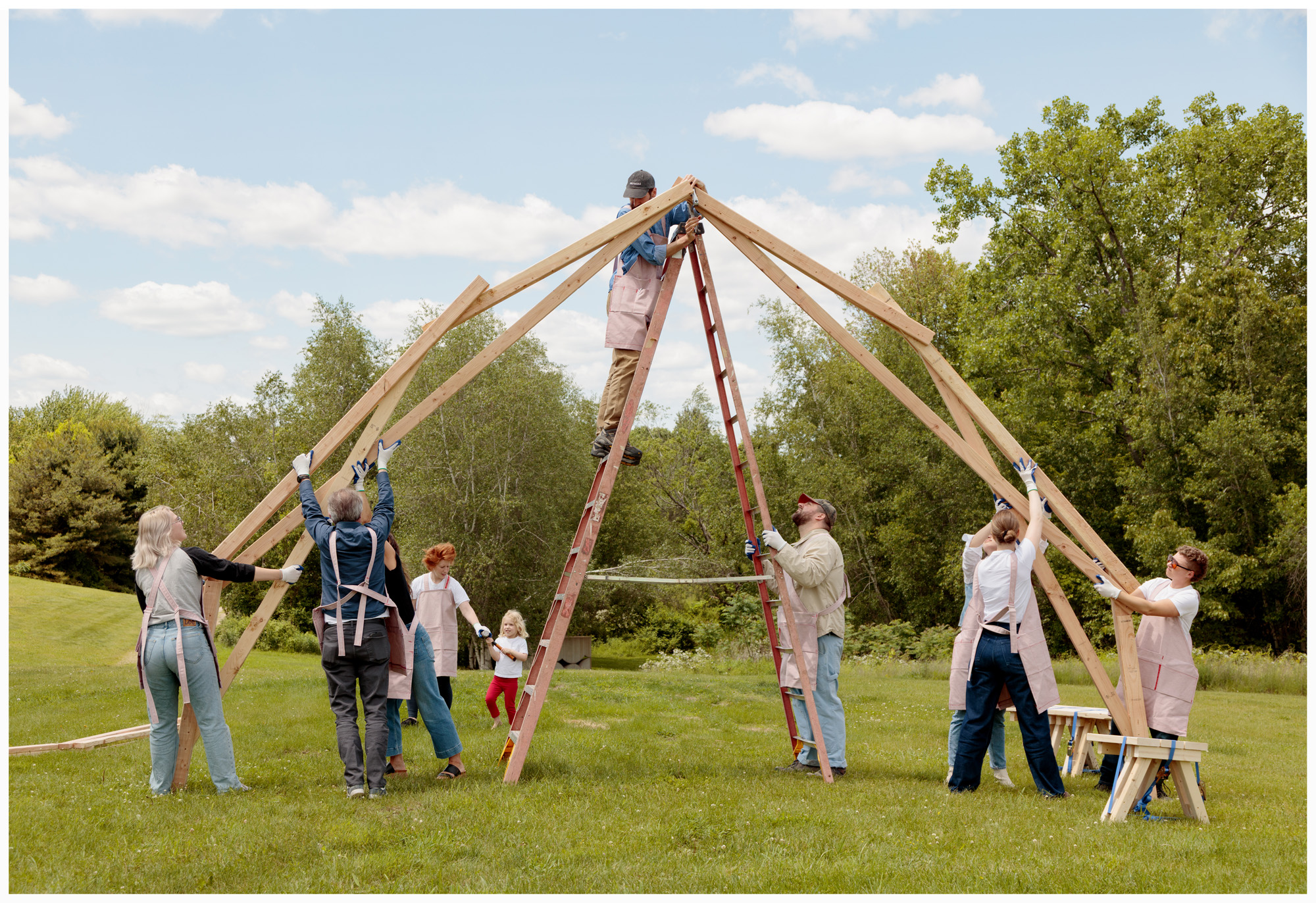 Architect Erin Besler is reframing the American tradition of barn raising
Architect Erin Besler is reframing the American tradition of barn raisingAt Art Omi sculpture and architecture park, NY, Besler turns barn raising into an inclusive project that challenges conventional notions of architecture
-
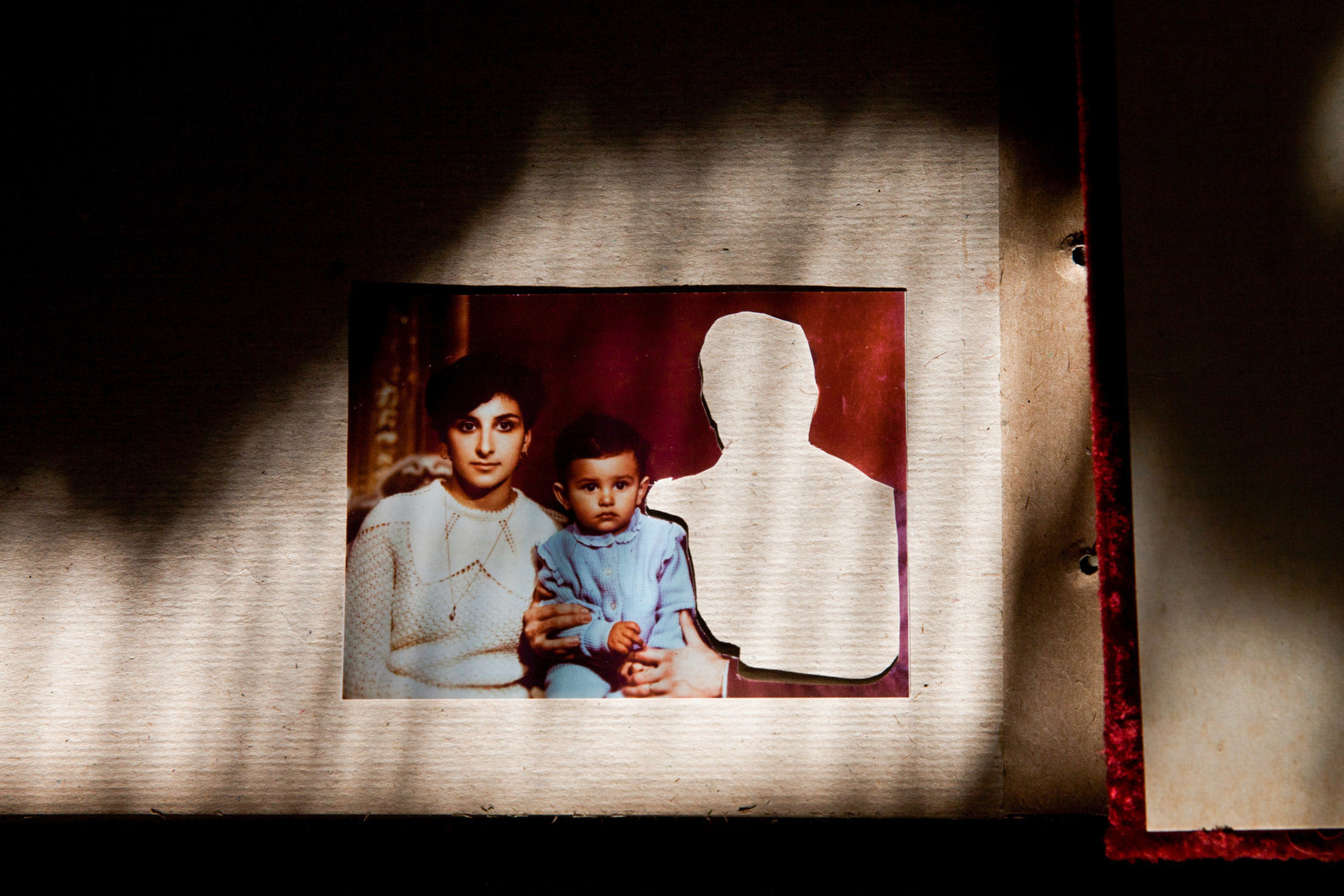 What to see at Rencontres d’Arles 2025, questioning power structures in the state and family
What to see at Rencontres d’Arles 2025, questioning power structures in the state and familySuppressed memories resurface in sharply considered photography at Rencontres d'Arles 2025. Here are some standout photographers to see
-
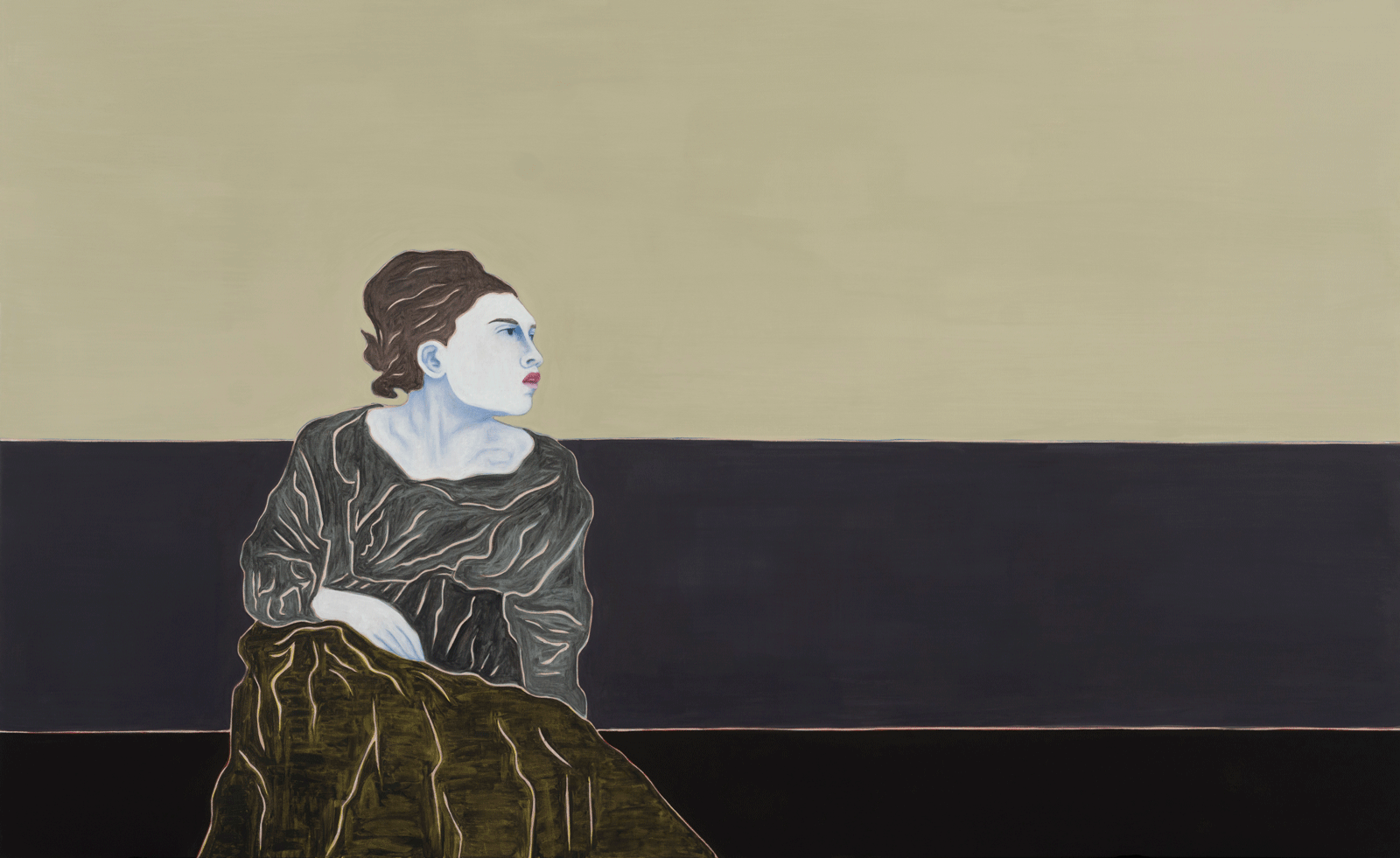 ‘With a small gesture of buying a postcard, we all become copyists’: the Louvre’s celebration of copying speaks to human nature
‘With a small gesture of buying a postcard, we all become copyists’: the Louvre’s celebration of copying speaks to human natureContemporary artists are invited to copy works from the Louvre in a celebration of the copyist’s art, a collaboration with Centre Pompidou-Metz
-
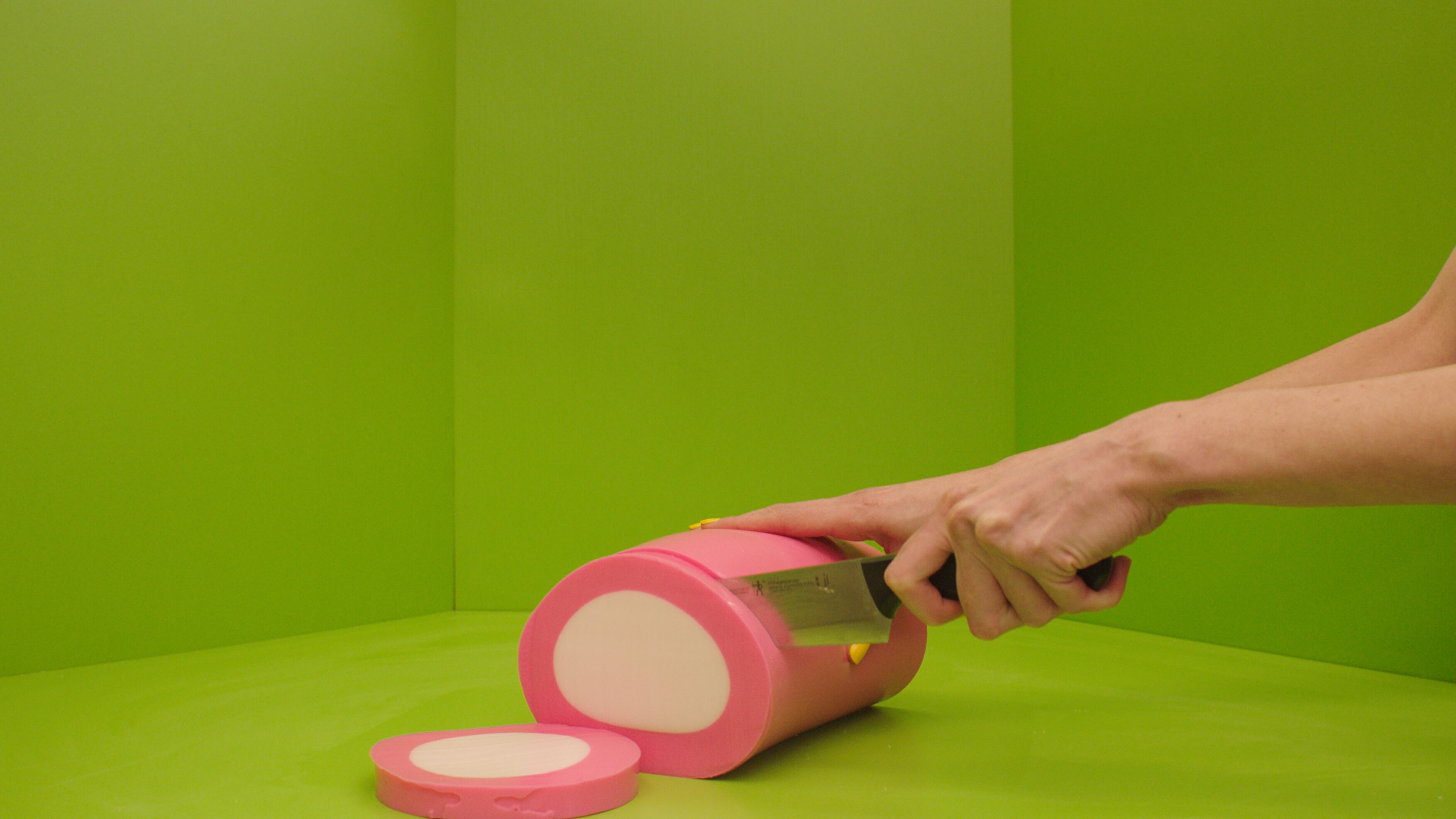 What is recycling good for, asks Mika Rottenberg at Hauser & Wirth Menorca
What is recycling good for, asks Mika Rottenberg at Hauser & Wirth MenorcaUS-based artist Mika Rottenberg rethinks the possibilities of rubbish in a colourful exhibition, spanning films, drawings and eerily anthropomorphic lamps
-
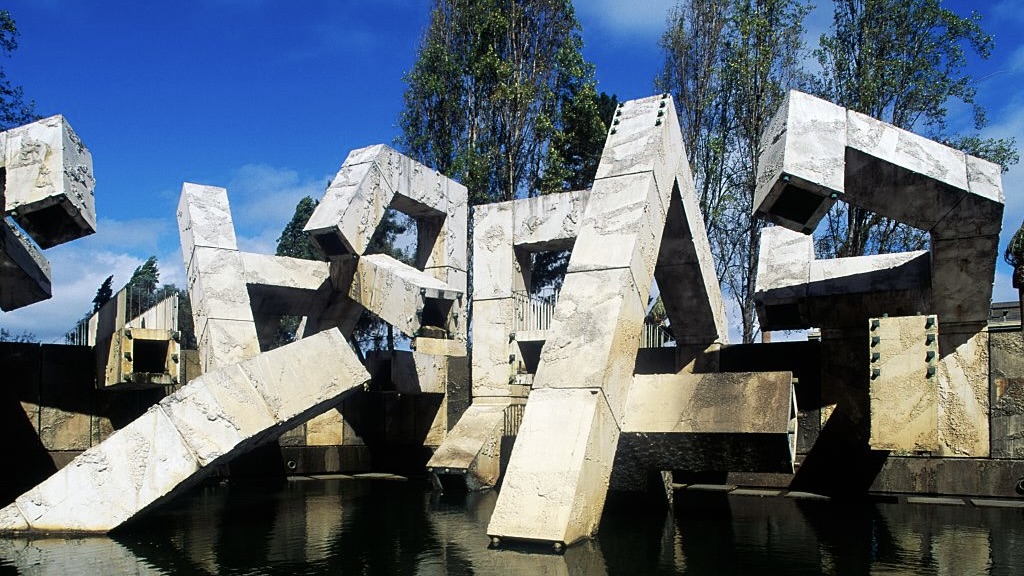 San Francisco’s controversial monument, the Vaillancourt Fountain, could be facing demolition
San Francisco’s controversial monument, the Vaillancourt Fountain, could be facing demolitionThe brutalist fountain is conspicuously absent from renders showing a redeveloped Embarcadero Plaza and people are unhappy about it, including the structure’s 95-year-old designer